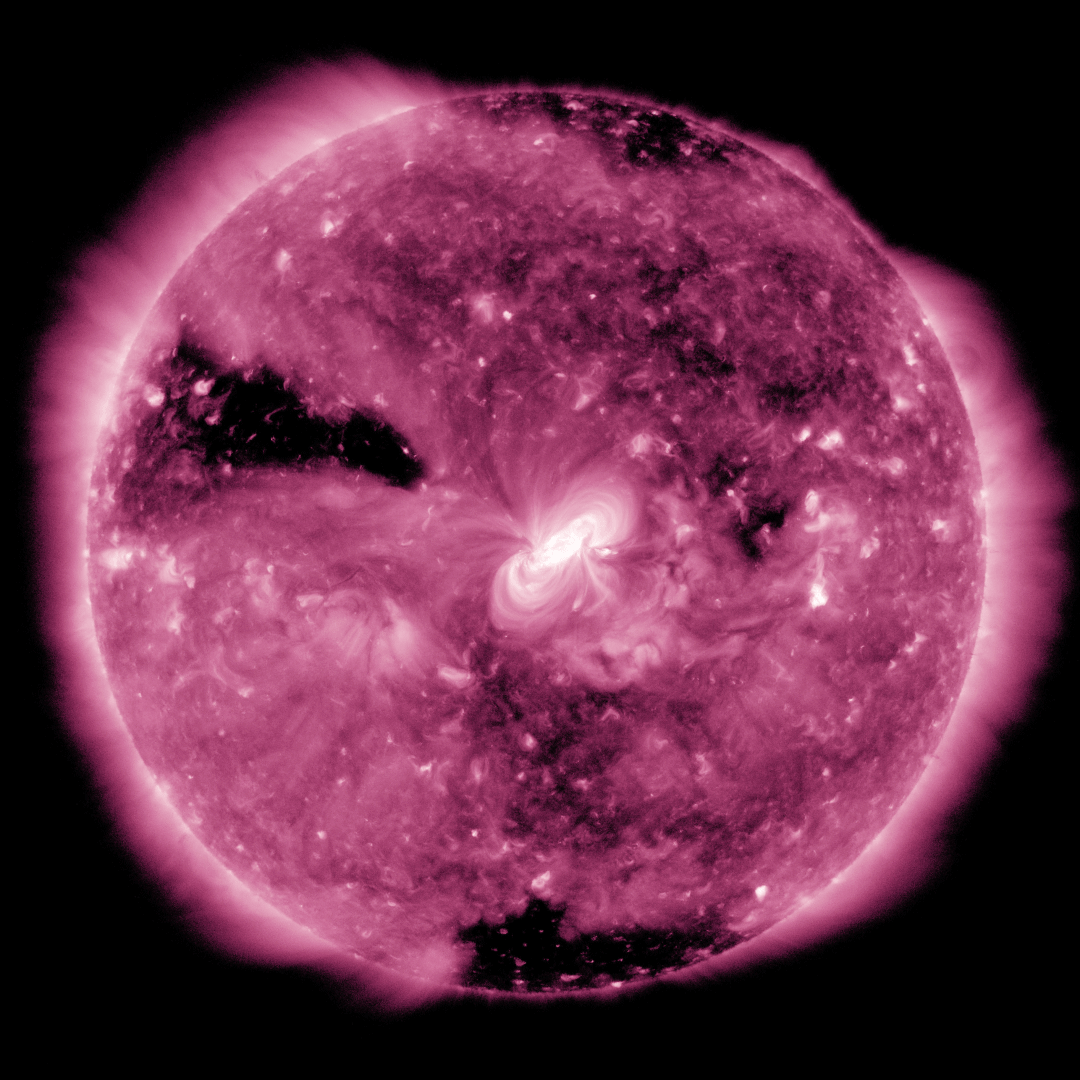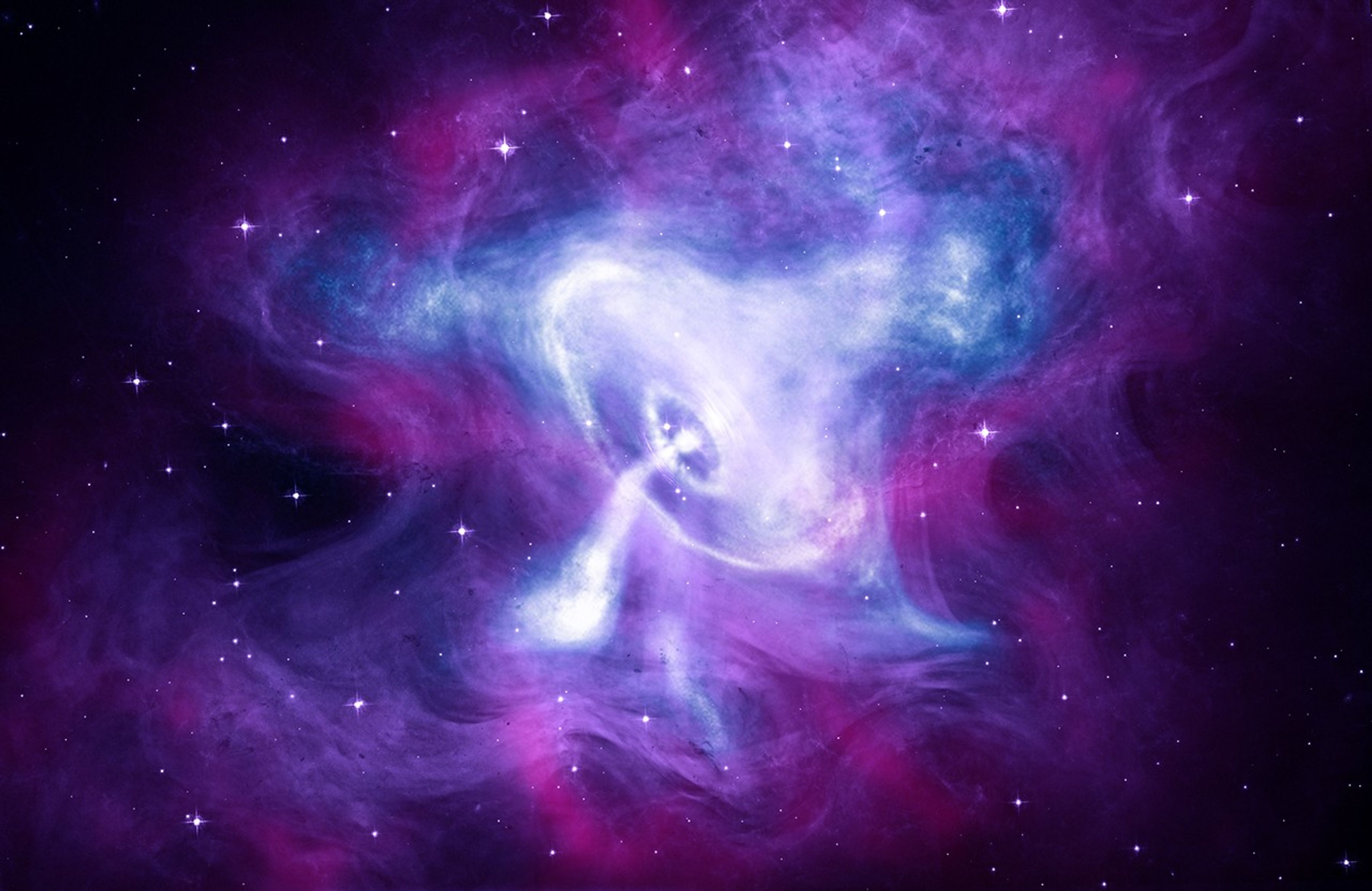On Sunday, Feb. 11, 2018, NASA’s Solar Dynamics Observatory, or SDO, saw a total solar eclipse in space when Earth crossed its view of the Sun. Also known as a transit, Earth’s passage was brief, lasting from 2:10 a.m. to 2:41 a.m. EST and covering the entire face of the Sun.
So marks the beginning of SDO’s eclipse season — as well as the mission’s eighth launch anniversary. SDO’s eclipse season is a three-week period that comes twice a year near the equinoxes during which Earth blocks SDO’s view of the Sun for a short while each day.
The eclipses are fairly short near the beginning and end of the season but ramp up to 72 minutes in the middle. Most spacecraft observing the Sun from an orbit around Earth have to contend with such eclipses. SDO’s orbit is designed to maximize the amount of data the spacecraft can send back to Earth, but twice a year Earth gets in the way of the spacecraft’s view. The spring eclipse season began on Feb. 10 with a partial eclipse and concludes March 5, 2018.


































